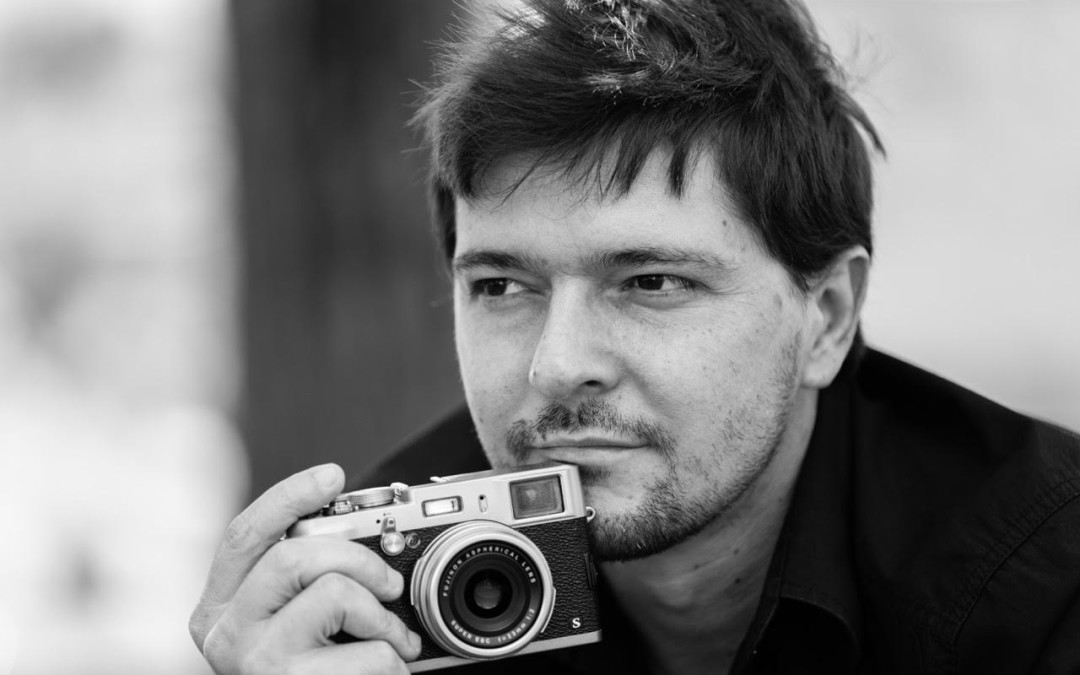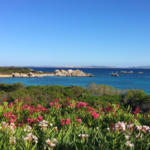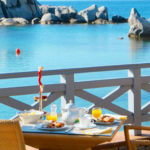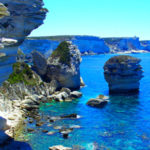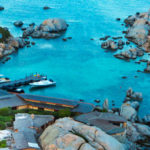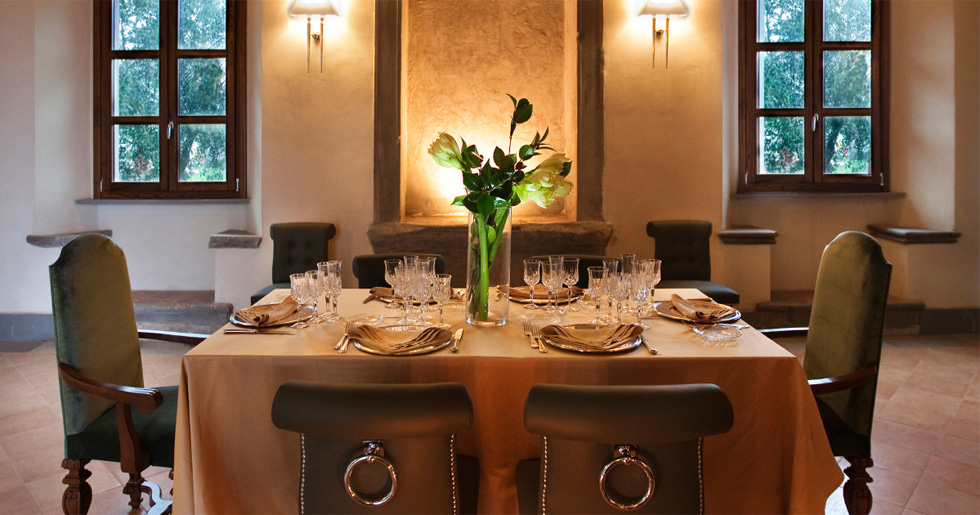
by IsHotel | Dining Experiences, The Collection
“Heavenly Tastes” Florence is undoubtedly one of the most important capitals of Italian cuisine. As in other art cities, hospitality and food services are at the heart of an economy that employs its people in the tourism industry. That of Tuscan cuisine is a tradition that, thanks to a long experience, has become famous all over the world as a synonym for eating well and healthy. Despite being a popular destination for mass tourism, the centre of Florence still offers high-quality food services and it is almost impossible not to eat well in the city. Quality is found also and especially outside the city walls and in the surrounding countryside, most notably in the famous Chianti area, where the wine of the same name is produced. This important reality has been fully embraced by “Il Conventino a Marignolle” located in a 16th-century monastic refectory within the estate of Villa Tolomei. Like the villa, the “Conventino” has benefited from the magnificent redevelopment works began in 2007. Here, too, attention to detail is in line with the philosophy of the five-star resort and every room has been tastefully furnished and decorated. The “Conventino” boasts a wonderful colonnade overlooking Florence, an area where you can have dinner, or an aperitif in the evening – a gentle foretaste adding even more value to the venue and its culinary expertise. Surrounded by nature, the “Conventino” offers a charming, unique setting and a refined atmosphere that are suitable for important events such as receptions and weddings. An oasis of taste and elegance, it is a pleasant surprise for the guests of the resort, as well as a wonderful...
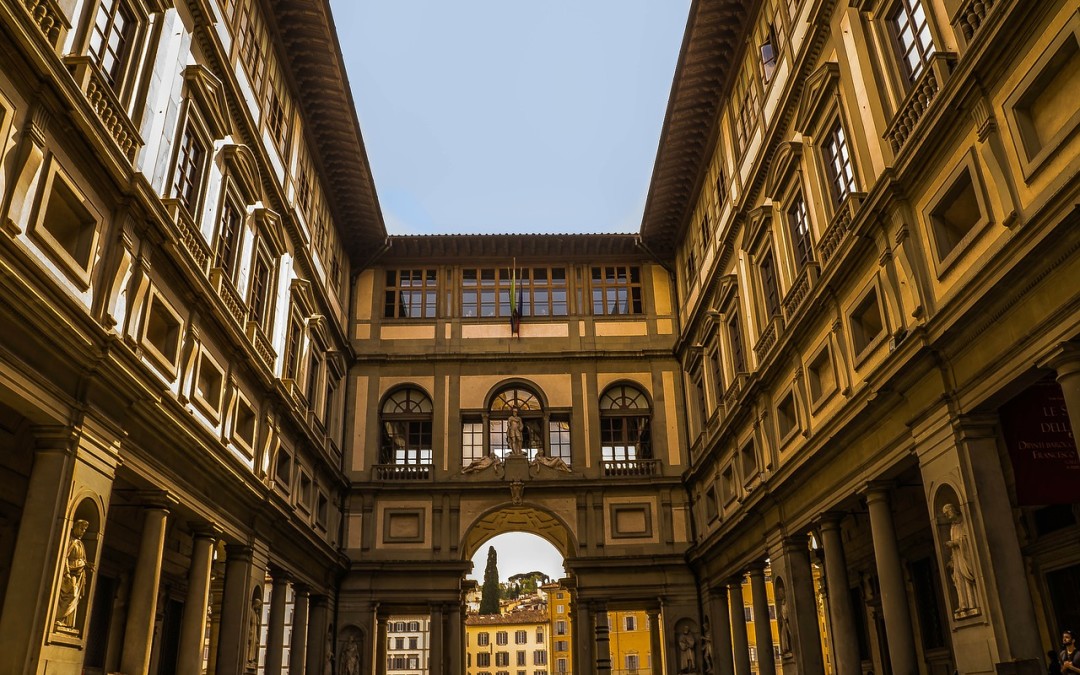
by IsHotel | Culture & History
“The Renaissance Rooms” For anyone spending part of a tour in Florence, visiting the Uffizi Gallery is a must. When we speak of the “Galleria degli Uffizi”, we refer to one of the largest art collections in the world and, in particular, to its masterpiece-rich painting gallery. The celebration of Florence begun under Cosimo I de’ Medici. In order to better control the city’s administration, Cosimo decided to accommodate the uffizi (offices) of the “Magistrature Fiorentine” (the city’s administrators, judiciary and guilds) in a single government building other than the Palazzo Vecchio, and which would eventually extend as far as the Lungarno. The political and military glory of Florence after the conquest of Siena had to be publicly acknowledged and, to this end, Cosimo entrusted the project for the construction of the Uffizi to one of the greatest artists of the time: Giorgio Vasari. To make room for the new building, Cosimo ordered the demolition of the old river port area, which included a working class neighbourhood. The huge U-shaped palace was to incorporate the ancient Romanesque Church of San Pier Scheraggio, a small area on the Arno and part of the Zecca Vecchia (the old Mint). Due to Cosimo’s tendency to economize on both material and human resources – he wanted even waste materials to be recovered and imposed servitude on certain workers -, Vasari had considerable difficulties in carrying out the project. Works began in 1560 and were completed in 1580 (after Vasari’s death in 1574, architects Bernardo Buontalenti and Alfonso Parigi took over), giving us this architectural and town-planning masterpiece of the late Renaissance. The construction...
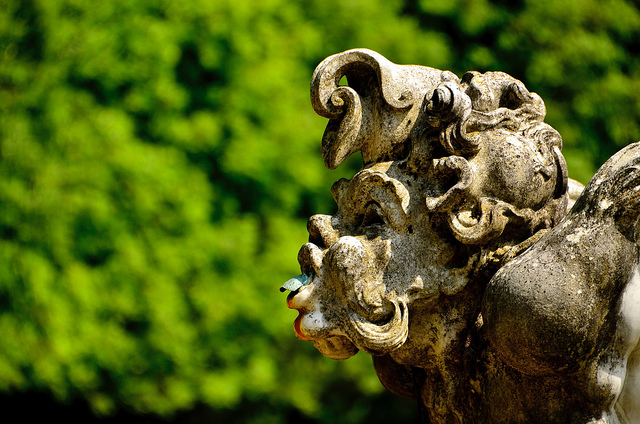
by IsHotel | Culture & History, Nature & Leisure Time
“The Garden of Wonders…” If almost every major city in Europe can boast an “historic park”, the Boboli Gardens are considered as the prototype of the Italian-style garden, and this notion that has influenced garden landscape design both in Italy and abroad. Moreover, the Boboli are a nonpareil example not only of the style of the Renaissance, but also of all the later styles that have shaped them and that contribute to their majestic aspect. The gardens surround the backside of the Palazzo Pitti, to which they are attached, and extend from there with such lavishness and spectacular perspectives that one is almost led to regard them as the perfect finishing touch completing the improvement works that the palace underwent after Eleonora of Toledo, wife of the Grand Duke Cosimo I de’ Medici, bought in 1549 from Luca Pitti, its previous owner. Covering a surface of about 45.0000 smq on the hill of Boboli, the gardens are connected, on the one hand, to the legendary “Vasarian Corridor” running between the Palazzo Vecchio and Palazzo Pitti and, on the other, to the Forte del Belvedere, a fortress built to protect the Medici family. Cosimo spared no pains to ensure that the beauty of the gardens reflected that of his wife Eleonora: over the course of time, 5 great architects were entrusted with the project. Niccolò Tribolo laid out the initial design but died just one year after the beginning of works. However, his design, which incorporated elements inspired by humanist philosophy, remained a point of reference for his successors, namely, in chronological order, Ammannati, Buontalenti and Giulio and Alfonso Parigi. The...
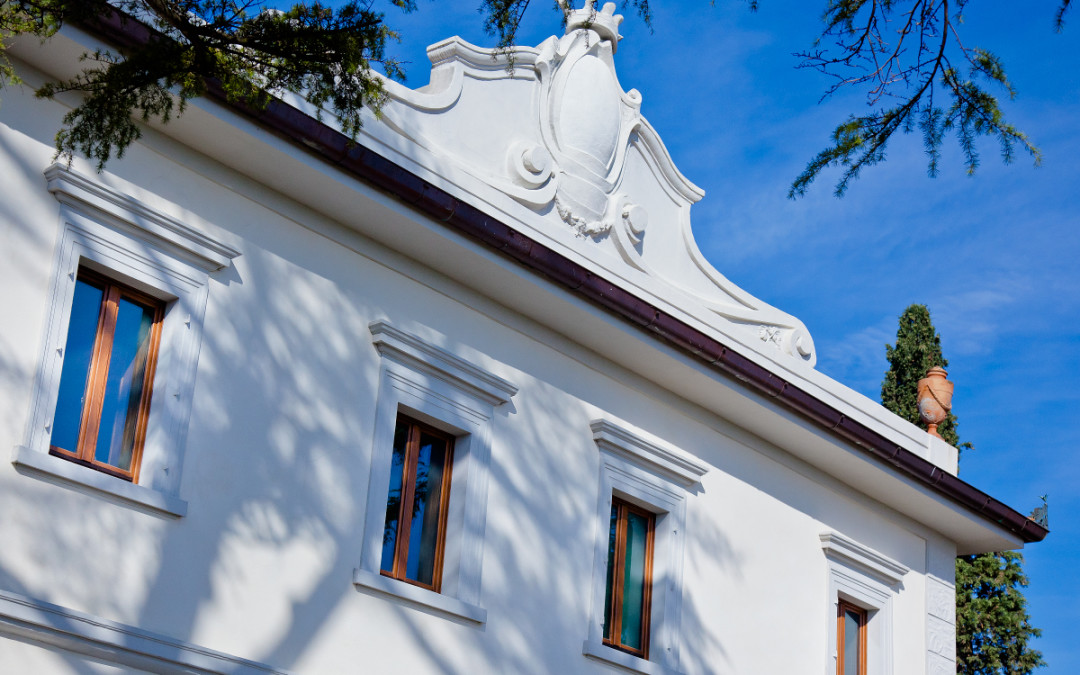
by IsHotel | Culture & History, The Collection
“Life in the Renaissance Countryside” While the centre of Florence is the focus and main attraction of international tourism, the hills overlooking the Arno Valley tell us about the most hidden side of Florentine humanism, that is, about aristocratic families, their villas and the economy that made Italy’s cultural and artistic Renaissance possible. Florentine villas are undoubtedly the symbol of an era that, on the one hand, saw the emergence and consolidation of the middle class as the driving force behind the beginning of the modern age and, on the other, revived classical antiquity while at the same time preparing the way for cultural and artistic development. The story we are about to tell you starts in the 14th century, is set southwest of Florence, and concerns the Tolomei family. Between the hill of Marignolle and that of Bellosguardo rises what used to be the home and estate of this noble family, whose members were guests of the “City of the Lily” and its Renaissance. After undergoing a tasteful and careful renovation that has given it a new lease of life and enabled its latest rebirth, Villa Tolomei, is now an exclusive resort at walking distance from the Ponte Vecchio. The redevelopment of The redevelopment of the villa (which run the risk of falling into a state of disrepair) as a hotel is the first outcome of the project “Valore Paese-Dimore”, promoted by the Agenzia del Demanio (Italian State Property Office), ANCI (Italian Association of Municipalities) and Invitalia (National Agency for the Promotion of Investments). It provides a successful and unprecedented example of the objectives pursued through the redevelopment of publicly-owned property...



